5 Best Actively Managed Vanguard Funds
Vanguard funds have become synonymous with index investing.


Vanguard funds have become synonymous with index investing. But if you limit yourself to the firm’s passive strategies, you’ll miss some gems. Indeed, Vanguard fund managers actually invest more of their own money in the firm’s actively managed funds than in their index funds.
Vanguard has such good actively managed funds for two major reasons. One, because Vanguard is owned by its mutual fund shareholders, it has no outside owners to pay — and thus can keep its fees lower than most other fund firms. The other reason: Despite founder Jack Bogle’s advocacy of index-fund investing, he was surprisingly good at identifying talented outside stock pickers and signing them up to manage assets for Vanguard during his tenure.
Soon after Bogle founded Vanguard, he signed up Wellington Management, where he had formerly worked, to manage funds for Vanguard. Wellington runs some superb funds. His other find was Primecap, which was formed by three talented managers who left American Funds in 1983. Bogle signed them to launch Vanguard Primecap (VPMCX), one of the most successful mutual funds of the past 45 years.
Here are the five most impressive Vanguard actively managed funds that are open to new investors. (Note: Some are only available directly through Vanguard.)
Data is as of Sept. 20, 2018.
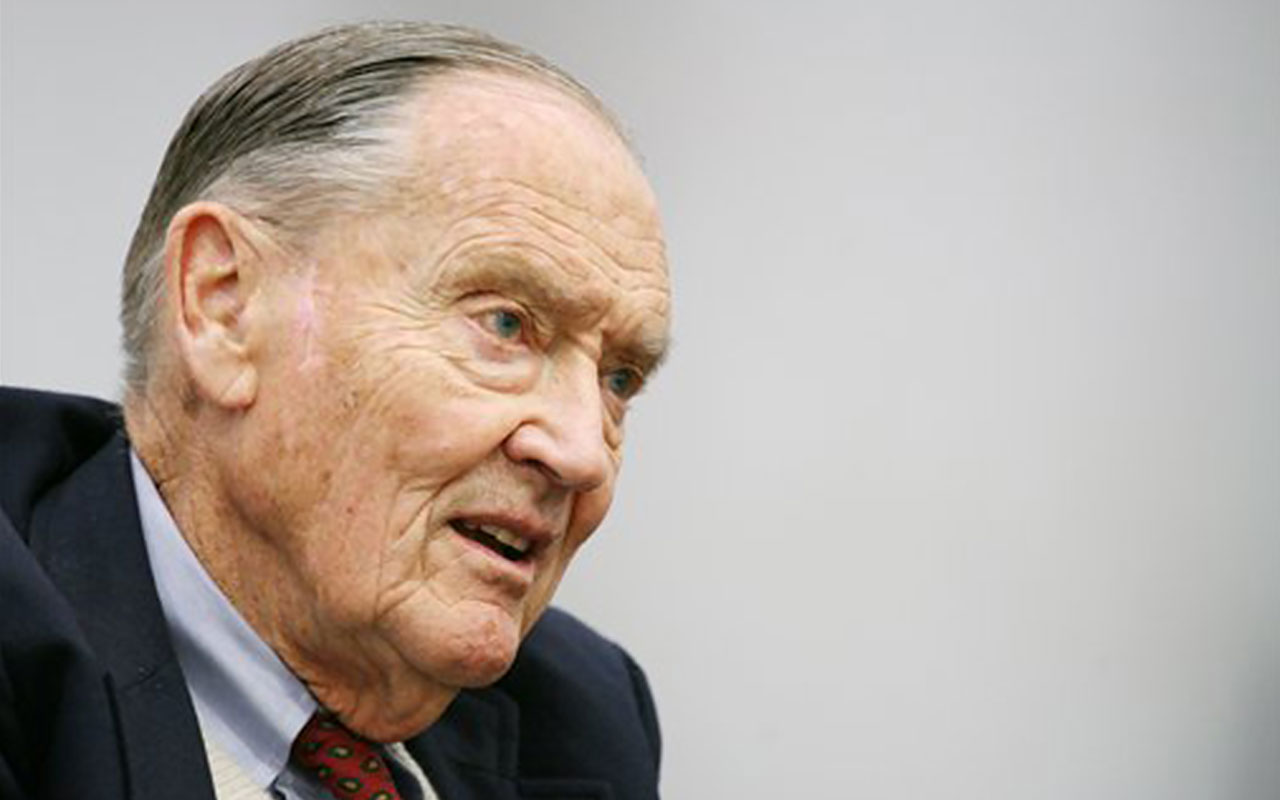
Vanguard Wellington
- Expense ratio: 0.25%Minimum investment: $3,000
Edward Bousa, who has managed the stock portion for 15 years, invests about half of the equity holdings in large, dividend-paying companies with sustainable competitive advantages. The rest goes into somewhat racier large companies. Owning both types helps smooth out returns, and results in a 2.6% yield.
A few other notes:
- VWELX leans toward statistically undervalued stocks.
- Financials are the largest sector weighting at 23% of assets.
- Foreign stocks make up 18% of the fund.
- Top holdings include Microsoft (MSFT), JPMorgan Chase (JPM) and Alphabet (GOOGL), the parent of Google.
John Keogh, who has managed the bond portion for 12 years, sticks to high-quality debt. Less than 20% of the bonds are rated BBB or lower; the rest are all single-A or higher. The bonds have a relatively long duration of 6.4 years, implying the fund should lose 6.4% in price if rates rise by 1 percentage point.
The bond holdings mean you probably won’t beat the market with this fund when stocks are rising, but you should come comfortably close. Over the past 15 years, this Kiplinger 25 mutual fund has trailed the Standard & Poor’s 500-stock index by an average of about 0.9 percentage points per year. But the ride has been much smoother: The fund has been about one-third less volatile than the S&P 500 thanks to those bonds.
Expenses are 0.25% on the investor shares, or $25 annually for every $10,000 you invest. Admiral shares (VWENX), with an initial minimum of $50,000, charge just 0.17%. The fund only is available to new investors if purchased directly through Vanguard, however.

Vanguard Health Care
- Expense ratio: 0.38%Minimum investment: $3,000
Health care, then, is one sector that tends to do well in both bull and bear markets.
Vanguard Health Care’s record is beyond incredible. Over the past 30 years, the fund has returned an annualized 15.8%. During the past 15 years, it returned 11.9% on average — 2.5 percentage points better per year than the S&P 500.
VGHCX is more conservative than most of its rivals. And with $50 billion in assets, it has few holdings in small, startup biotech stocks. The fund instead sticks to two broad themes: Companies coming up with innovative medical treatments and companies helping to slow the rate of increase in health care costs.
Assets are spread widely within this broad sector. Just less than half the fund is in traditional drug companies, 16% is in biotech, 12% is in health insurance companies and 12% is in medical devices.
Manager Jean Hynes, at Wellington Management, has worked on this fund since 1991. She works with a team of nine analysts, managers and research associates, including at least one physician.
The investor shares’ 0.38% expenses are low, but the Admiral shares (VGHAX, $50,000 minimum) are even cheaper at 0.33%.

Vanguard International Growth
- Expense ratio: 0.45%Minimum investment: $3,000
What’s more, the fund has done well lately, too, gaining 7% over the past 12 months — 6 percentage points better than the MSCI index.
Baillie Gifford Overseas runs about 60% of the fund, and Schroder Investment Management manages the other 40%. Both are respected money management firms.
Baillie Gifford is willing to pay up for companies it thinks will grow rapidly. Its managers are focused primarily on two themes: technology and emerging markets, mainly Chinese internet companies, including Alibaba (BABA), Tencent (TCEHY) and Baidu (BIDU). Schroder is less racy, investing most of its assets in stocks that offer growth-at-a-reasonable price.
The fund has excelled even though it currently has 23% of its assets in emerging markets at a time when EMs have performed horribly. A 10% stake in U.S. stocks, including Amazon.com (AMZN), has helped returns.
At the same time, this isn’t a fund for the faint of heart; it has beaten its peers in good markets but trailed in bad markets. This is a risky fund; don’t overdo it.

Vanguard Short-Term Investment-Grade
- Expense ratio: 0.2%Minimum investment: $3,000
Thanks to rising short-term interest rates, the fund yields a healthy 3.14%. Yet the duration is only 2.5 years — meaning the fund’s price should drop just 2.5 percentage points should interest rates rise by a percentage point. In a high-quality bond fund, it’s useful to think of the duration as the fund’s risk and the yield as its reward. There are few investment-grade funds today whose yield is higher than its duration.
In bond funds, where returns often are counted in basis points (a hundredth of a percentage point), expenses are big consideration. The investor shares charge 0.2%. The Admiral shares (VFSUX), with a $50,000 minimum, charge half that (0.1%), and that discount boosts the yield to 3.24%.
This fund won’t make you rich. Over the past 10 years, it returned an annualized 3%. I think it’ll earn roughly the same in the coming years. The beauty of this fund is that it will provide ballast to your stocks, along with some income — and won’t get you killed should rates spike.
The fund is run in-house by Vanguard, which is shuffling managers on this and other bond funds. I’m not worried given how plain vanilla this fund is.

Primecap Odyssey Growth
- Expense ratio: 0.67%Minimum investment: $2,000
Vanguard Primecap is one of three Vanguard funds managed by Primecap – all of which are closed to new investors. Vanguard was wise to close them; assets were flooding in the doors because all of them, VPMCX included, are quality offerings.
Primecap Odyssey Growth is your answer if you’re shut out of VPMCX. It charges 0.67% annually – 28 basis points more than Vanguard’s near-clone, but still cheaper than the overwhelming majority of other actively managed funds.
While the two Wellington-managed funds we considered are conservative, Primecap Odyssey Growth is a pedal-to-the-metal growth shop. The fund focuses on two sectors: One-third of assets each are in technology and health care. The fund is about 46% more volatile than the S&P 500.
No, this fund is not for your conservative money.
But find an aggressive corner of your portfolio for Odyssey Growth, hang on for dear life, and eventually you’ll earn plus-size profits. The fund lagged the S&P during the 2007-09 bear market and the 2015-16 correction. But over the past 10 years, the fund returned an annualized 14.4% — an average of 3.2 percentage points per year better than the S&P 500.
Steve Goldberg is an investment adviser in the Washington, D.C., area.
Profit and prosper with the best of Kiplinger's advice on investing, taxes, retirement, personal finance and much more. Delivered daily. Enter your email in the box and click Sign Me Up.

-
 What You Learn Becoming Your Mother's Financial Caregiver
What You Learn Becoming Your Mother's Financial CaregiverWriter and certified financial planner Beth Pinsker talks to Kiplinger about caring for her mother and her new book.
-
 I want to help pay for my grandkids' college. Should I make a lump-sum 529 plan contribution or spread funds out evenly through the years?
I want to help pay for my grandkids' college. Should I make a lump-sum 529 plan contribution or spread funds out evenly through the years?We asked a college savings professional and a financial planning expert for their advice.
-
 3 Major Changes Investors Must Prepare for in 2026
3 Major Changes Investors Must Prepare for in 2026A possible stock market bubble. Trump accounts. Tokenized stocks. These are just three developments investors need to be aware of in the coming months.
-
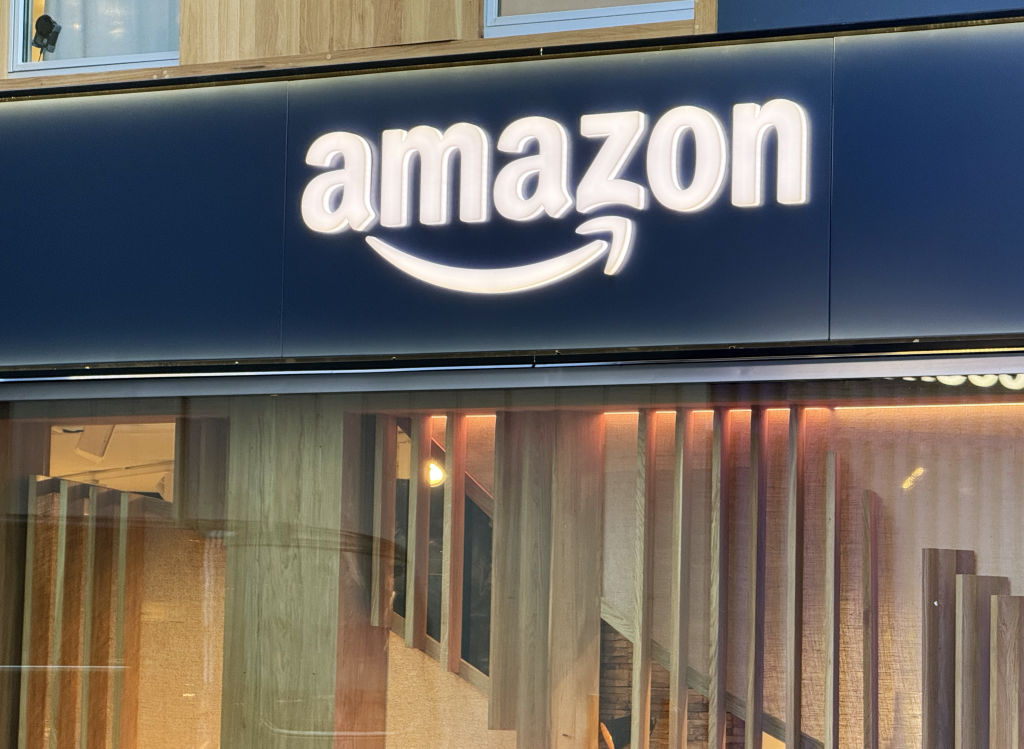 Stocks Close Out Strong Month With Solid Amazon Earnings: Stock Market Today
Stocks Close Out Strong Month With Solid Amazon Earnings: Stock Market TodayAmazon lifted its spending forecast as its artificial intelligence (AI) initiatives create "a massive opportunity."
-
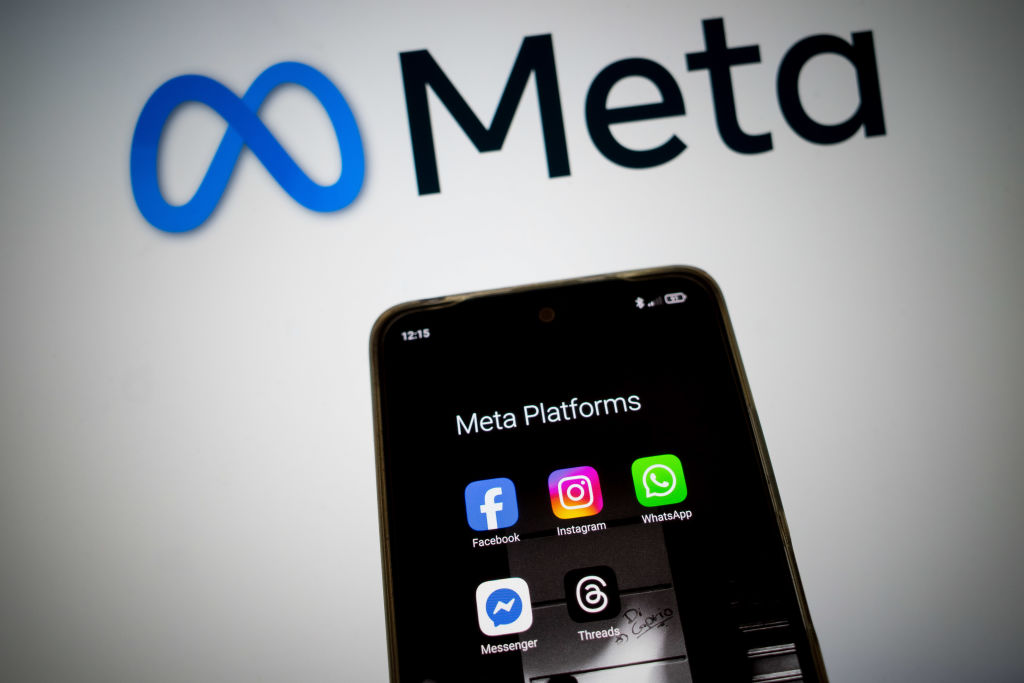 Stocks Sink with Meta, Microsoft: Stock Market Today
Stocks Sink with Meta, Microsoft: Stock Market TodayAlphabet was a bright light among the Magnificent 7 stocks today after the Google parent's quarterly revenue topped $100 billion for the first time.
-
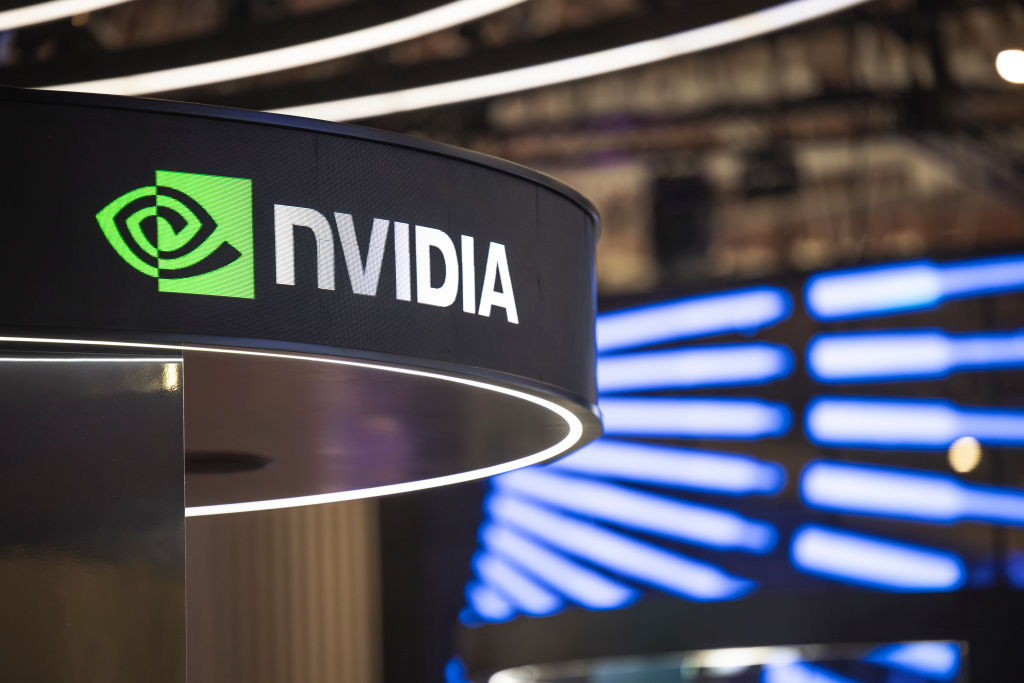 Dow, S&P 500 Slip on December Rate Cut Worries, Nvidia Boosts Nasdaq: Stock Market Today
Dow, S&P 500 Slip on December Rate Cut Worries, Nvidia Boosts Nasdaq: Stock Market TodayNvidia became the first company ever to boast a $5 trillion market cap, but it wasn't enough to lift the Dow and the S&P 500.
-
 Stocks Hit Fresh Highs Ahead of the Fed As Earnings Pump Optimism: Stock Market Today
Stocks Hit Fresh Highs Ahead of the Fed As Earnings Pump Optimism: Stock Market TodaySHW and UNH were two of the best Dow Jones stocks Tuesday, thanks to solid earnings reports, and MSFT closed with a $4 trillion market cap.
-
 US-China Trade Hopes Send Stocks to New Highs: Stock Market Today
US-China Trade Hopes Send Stocks to New Highs: Stock Market TodayApple and Microsoft are on track to join Nvidia in the $4 trillion market cap club.
-
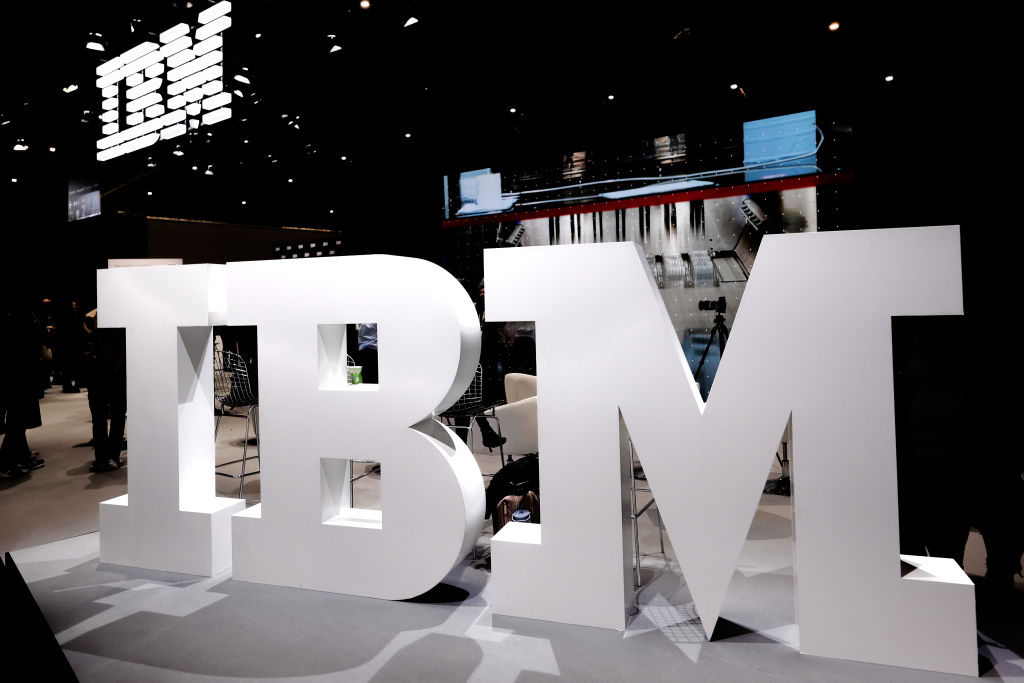 Dow Adds 472 Points After September CPI: Stock Market Today
Dow Adds 472 Points After September CPI: Stock Market TodayIBM and Advanced Micro Devices created tailwinds for the main indexes after scoring a major quantum-computing win.
-
 Honeywell Leads Dow Higher: Stock Market Today
Honeywell Leads Dow Higher: Stock Market TodayOil prices got a lift after the Treasury Department announced new sanctions on Russia's two largest oil companies.
